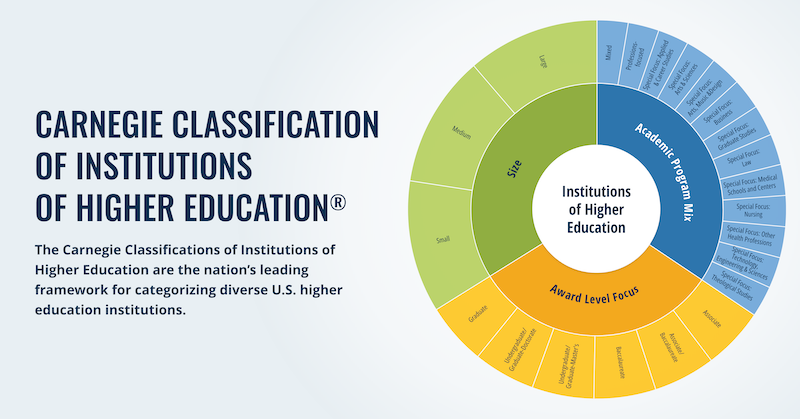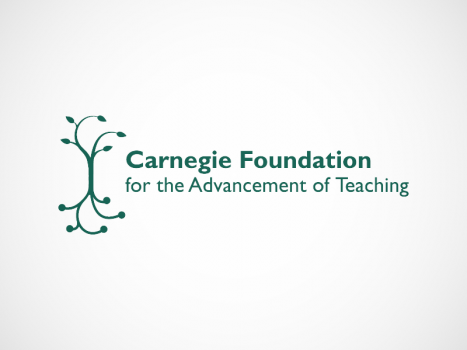The Futures of School Reform, edited by Jal Mehta, Robert B. Schwartz, and Frederick M. Hess, is a collection of essays that try to push the boundaries of current education reform efforts in order to generate dramatic change through high leverage issues. In the second of the essays, “Building on Practical Knowledge,” Carnegie President Anthony Bryk, Senior Fellow Louis Gomez, and Mehta, who is at Harvard Graduate School of Education, advocate an approach to professionalizing the field of education by using the principles of a Networked Improvement Community.
The authors argue that teaching is not a professionalized field, in which knowledge is shared and best practices are developed. The hierarchical and bureaucratic state of schools, districts, and state and federal governments results in the disregard of local learning and adaptation when creating standardization across schools and implementing policies. There is no formal system to develop teachers’ practical knowledge, training, or apprenticeship, resulting in a wide variation in teacher performance.
The is no formal system to develop teachers’ practical knowledge, training, or apprenticeship.
In addition, the authors write that traditional approaches to educational research—translational research and action research—are often divorced from practice and have failed to help further the improvement of teaching and student learning. Translational research uses innovation as a stage-wise linear inquiry process and generalizes solutions well, but fails to accommodate local insights. Action research, on the other hand, flows from practice and is improvement-based, but puts a low priority on generalizable mapping of cause and effect, resulting in an inability to scale successful changes.
The authors discuss a “third way”: a Networked Improvement Community (NIC), which is the Carnegie approach to problems of practice that Bryk and colleagues are attempting to integrate into the field of education research. Through the use of common targets, a shared language, and common protocols for inquiry, this “third way” uses improvement science to consider local contexts and networks to help generalize and scale solutions.
Improvement science considers local contexts and networks to help generalize and scale solutions.
Thus NICs can help contribute to professionalizing teaching by framing the profession around practice improvement, engendering routines that enable inquiry, and helping teachers feel part of a broader profession. NICs create a system to support a knowledge profession through the use of human capital building centered on practice, allowing states and districts to focus on providing an infrastructure for educational improvement, and creating policy that allows for a “greenfield” for social learning. Doing this will help improve performance, learning, and equity in our schools, the authors note.
In order to get there, the authors believe every actor has a role to play. School leaders should think of their institutions as areas that can learn, unions should free up teachers and schools to take responsibility, governmental actors need to move away from a focus on control and compliance and towards support and learning, and institutions need to act as focal points for large collective action problems. They conclude, “If all actors, throughout the system, began to conceive their jobs as transforming an Industrial Age compliance structure into a profession of competent, skilled, and continuously learning practitioners, collectively we might finally be able to move our education system into the twenty-first century” (64).
The chapter helps highlight the motivations and results of a well-functioning NIC. Carnegie’s two NIC-supported programs, the Community College Pathways and Building a Teaching Effectiveness Network, can not only directly help students become more successful, they can also help professionalize the teaching profession, thus accelerating improvement. Through the use of NICs, the authors write that the field can take advantage of promising education reforms with the input of practitioners who, when working together, can help scale successful changes that will generate dramatic change.
August 28, 2012
Paul Tough’s book “How Children Succeed” highlights the impact of noncognitive skills, like persistence, self-control, curiosity, grit and self-confidence, on student success.
January 8, 2013
Andrea Levy, Statway instructor at Seattle Central Community College, speaks about how she supports her students intellectually and emotionally to help them succeed.






